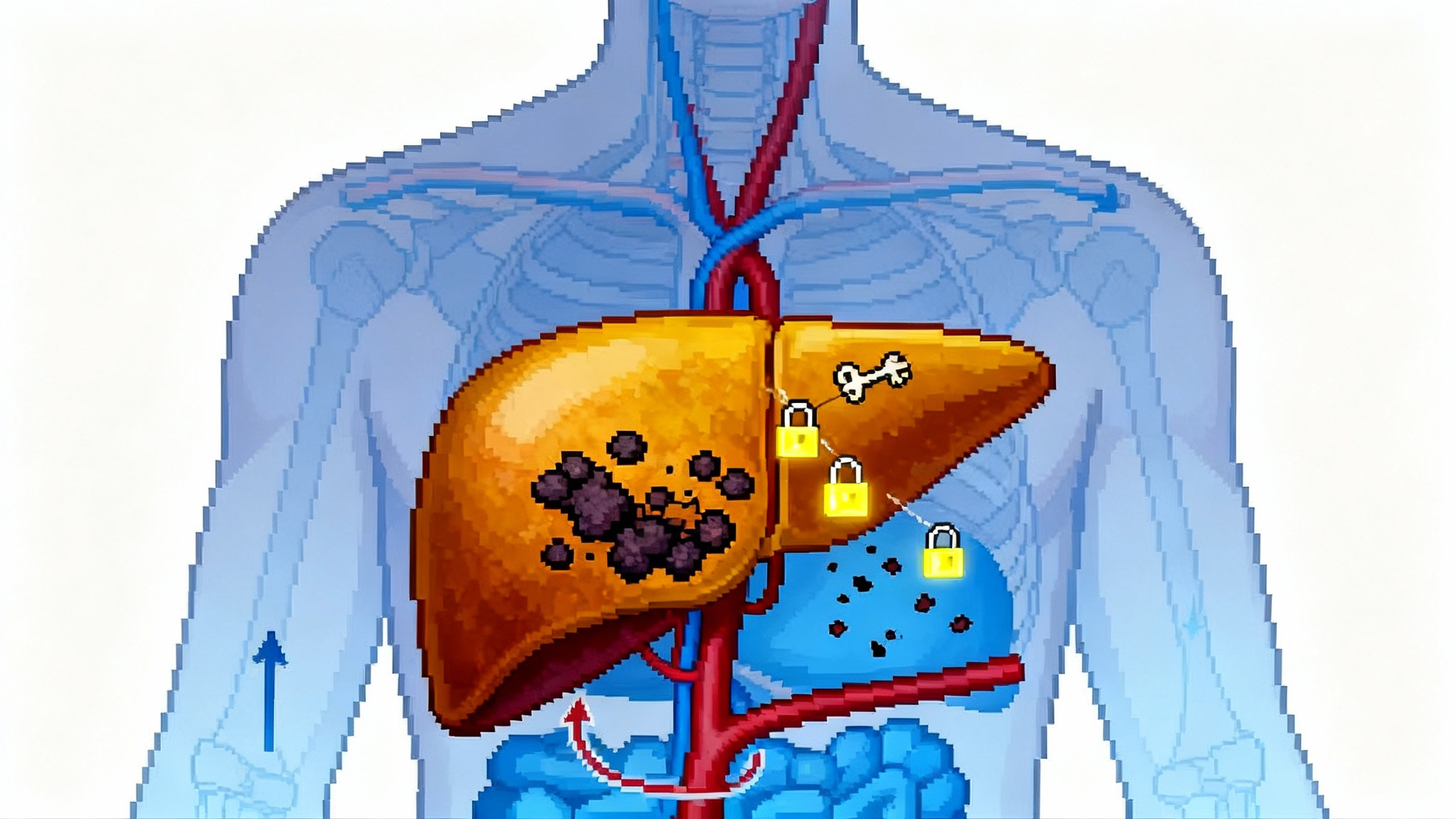FDA RXE clears Loyal’s dog longevity pill for a 2026 debut
In February 2025, the FDA’s veterinary center granted Loyal’s LOY-002 a reasonable expectation of effectiveness, opening the door to a 2026 conditional launch. Here is what RXE means, what still must be proven on safety and manufacturing, and why pets may lead geroscience.

The first regulated longevity prescription may arrive on four legs
The most consequential aging drug of the mid‑2020s might not enter through a hospital pharmacy. It could walk in on a leash. In February 2025, Loyal announced that the Food and Drug Administration’s Center for Veterinary Medicine accepted that its senior dog pill LOY‑002 has a reasonable expectation of effectiveness, a milestone abbreviated as RXE. That single regulatory phrase moved a longevity product from aspiration to a near‑term launch plan, and it put a 2026 date on the calendar for the first widely available, veterinarian‑prescribed healthy lifespan extender. Loyal RXE announcement.
This is not a supplement story. RXE is the front door to conditional approval under an expanded pathway for veterinary drugs that address serious or unmet needs when full efficacy takes unusually long to prove. If safety and manufacturing quality meet the same bar as fully approved drugs, the agency can allow market entry while longer studies continue. That is why RXE matters. It says the evidence so far is strong enough to support cautious deployment under labeling that regulators control.
What RXE actually means
Reasonable expectation of effectiveness is FDA’s way of saying the drug has crossed a credible threshold. It is not the gold standard called substantial evidence, which is the final proof required for full approval. Think of RXE as a bridge stress test. Engineers have not driven thousands of heavy trucks across the bridge yet, but the structure has passed enough load simulations and early traffic to let light vehicles cross while monitoring continues.
In practice, RXE means Loyal’s total dossier of preclinical work, biomarker changes, and early clinical outcomes in senior dogs convinced reviewers that LOY‑002 is more likely than not to deliver the labeled benefit when prescribed to the intended population. The intended population is important here. LOY‑002 targets age‑associated metabolic dysfunction in dogs that are about ten years or older and at least fourteen pounds. The effect the label will claim must match that population, dose, and schedule. RXE does not allow broad claims or off‑label improvisation. It opens the gate to a carefully bounded launch once the other technical sections are complete.
The two remaining gates: safety and CMC
Conditional approval requires the same safety and manufacturing quality standards as a fully approved animal drug. That is why RXE is only one of three primary gates. The other two are target animal safety and CMC, which stands for chemistry, manufacturing, and controls. Here is what each entails in plain terms.
- Safety means margin‑of‑safety studies at and above the intended dose, long‑term repeat dosing in healthy dogs, and careful tracking of clinical pathology, heart rhythm, blood pressure, liver and kidney function, and any behavioral changes. Because LOY‑002 is preventive rather than life‑saving, the safety bar is high. Regulators expect large exposure numbers across breeds and ages, detection of rare adverse events, and a plan to continue pharmacovigilance once the product ships. If a safety signal appears, the label, dosing, or eligibility criteria can be adjusted, or the approval can be paused.
- CMC means the company must prove it can make the same drug, to the same standard, every single time. That includes validated synthesis of the active ingredient, impurity control, specifications for potency and dissolution, packaging that protects the tablets during shipping and storage, real‑time and accelerated stability data to set shelf life, and site inspections to verify good manufacturing practice. Scale‑up to commercial batch sizes often uncovers surprises, so the company will need process characterization and robust quality controls to keep supply consistent for thousands of clinics.
Meeting these bars is not glamorous, but it is what turns a promising trial result into a product a veterinarian can rely on Monday morning. Loyal has signaled that it aims to complete these sections by the end of 2025, which aligns with a 2026 conditional approval window if reviews stay on track.
Expanded conditional approval, decoded
The Center for Veterinary Medicine created an expanded conditional approval pathway to address cases where proving full effectiveness would take unusually long or complex studies. Under this framework, a sponsor can market the drug for the labeled use for one year after meeting safety and manufacturing quality standards and showing RXE, and can renew annually for up to four additional years while gathering the substantial evidence needed for full approval. Importantly, the product label must clearly state that it is conditionally approved pending full demonstration of effectiveness, and extra‑label use is not allowed. The FDA outlines this framework in its guidance on FDA expanded conditional approval.
For longevity drugs, this is a practical fit. Demonstrating added healthy years takes time, because the endpoint is life lived. If early data show credible functional benefits and plausible survival effects, expanded conditional approval allows careful use now while definitive outcomes accumulate over several more years.
Why pets first can become geroscience’s fast lane
Longevity research in humans is slow, expensive, and ethically constrained. Dogs offer a compelling middle ground. They share our homes, breathe our air, and develop many of the same age‑related diseases that humans do. Their lifespans are compressed, so endpoints arrive faster. Their genetic and lifestyle diversity creates a realistic test bed that looks more like the real world than a tightly screened human trial.
A veterinary‑first program like LOY‑002 can shift human aging drug development in several concrete ways:
- It derisks mechanisms. If a metabolic pathway that modulates aging consistently changes frailty scores, activity levels, or biomarkers such as blood glucose variability and inflammatory cytokines in older dogs, and early survival curves trend in the right direction, human developers can prioritize that pathway with more confidence. This connects to how mitochondria and energy balance are moving into care, as covered in mitochondria’s moment in 2025.
- It normalizes longevity claims under regulation. For decades, the aging field has been trapped between supplements that can say almost anything and medicines that cannot claim to treat aging as a condition. A veterinarian‑prescribed product with a label that explicitly addresses healthy lifespan in a defined population changes that narrative. It creates a common language for claims, risk disclosure, and monitoring, similar to the shift when aging clocks return to the clinic.
- It supplies real‑world evidence. With conditional approval, every prescription becomes a data point. Veterinary electronic medical records, pharmacy refills, and owner‑reported outcomes can feed longitudinal datasets that guide dose refinement, risk management, and subpopulation analysis. That evidence can inform human trial design by highlighting which markers move early and which patient segments benefit most. Immune function will likely be one such marker, echoing themes from thymus reset race to reboot immunity.
- It builds manufacturing muscle. CMC scale‑up for a daily pill that ships to thousands of clinics is a demanding exercise. The supply chain, quality controls, and stability learnings carry over to human programs that may use related chemistries or formulations.
- It reframes incentives. When a regulated product begins to shift pet healthspan in the market, capital and talent follow. Investors who were wary of long human timelines gain a nearer‑term thesis. Clinicians and caregivers get familiar with how to prescribe, monitor, and pay for longevity medicine. That social and economic learning curve will be invaluable when the first human trials reach approval gates.
What to watch between now and a 2026 debut
The RXE milestone is the headline, but the path from headline to prescription goes through several checkpoints. If you want to track signal from noise over the next year, here is a practical list:
-
Target animal safety package. Look for updates that describe the size of the safety population, any dose adjustments, and the presence or absence of rare adverse events. Regulators will expect a clear plan for baseline labs, contraindications, and drug interactions for common comorbidities like osteoarthritis and cardiac disease in older dogs.
-
Commercial CMC readiness. Indicators include validated manufacturing sites, successful process validation lots, and stability data that support a commercially useful shelf life. A one‑year expiry puts pressure on distribution. eighteen to twenty‑four months makes launch smoother. Pay attention to packaging choices that protect tablets from humidity in home settings.
-
Labeling scope. The initial label will define age, weight, dose, and monitoring. It will also carry the conditional approval statement. Because extra‑label use is prohibited under conditional approval, veterinarians will stick to the label. Expansion to younger dogs or different sizes would come later with additional data.
-
Pharmacovigilance infrastructure. A 2026 launch will require user‑friendly adverse event reporting, owner education materials in plain language, and a plan to analyze and publish safety data at regular intervals. Good post‑market science is the fastest way to upgrade from conditional to full approval.
-
Study progress. The pivotal longevity study in senior dogs is a four‑year effort. Milestones such as interim analyses of mobility, activity, and quality‑of‑life scores will matter, even before survival curves mature. Those readouts will help veterinarians counsel owners on what benefits to expect in the first months.
How the market shifts from hype to deployment
A regulated launch creates a new contract between companies, clinicians, and customers. Here is what that contract looks like in the pet market, and why it matters for human medicine later.
- Clinics become the front line. Unlike supplements sold online, a conditionally approved drug moves through veterinarians. Clinics will need intake protocols that confirm eligibility, discuss realistic benefits, set monitoring schedules, and plan for adherence. Expect standard workups to include weight, age verification, baseline labs, and an owner questionnaire on mobility and activity.
- Owners get clarity on claims and duties. The label will specify what the drug is intended to do, in which dogs, and how to use it. Owners will know that extra‑label use is not permitted, that follow‑up visits and labs are part of responsible use, and that adverse events should be reported. This transparency is a reset from the vague promises that dominate longevity supplements.
- Pricing and access become predictable. While exact prices are a commercial decision, regulated products often pair with subscription models, refill reminders, and manufacturer support for adherence and monitoring. The value proposition shifts from speculative longevity to concrete, clinic‑guided healthspan management.
- Data becomes a public good. Companies that synthesize and share de‑identified post‑market safety and effectiveness data earn trust with regulators and clinicians. That culture of open evidence is a prerequisite for human aging medicines to win broad acceptance.
Playbooks for the next 12 months
Different stakeholders can act now to accelerate safe and effective deployment.
- Veterinarians: prepare eligibility and counseling workflows. Draft a one‑page intake form that records age, weight, baseline activity level, mobility score, and current medications. Decide which lab panel you will run at baseline and at three and six months. Train staff on how conditional approval limits extra‑label use and how to log adverse events. Identify patients who are likely candidates in 2026 and begin conversations about expectations.
- Pet owners: gather records and plan for adherence. Confirm your dog’s age, weight, and health history. Ask your veterinarian what baseline labs they recommend and how often they will want to see your dog after starting therapy. Consider a simple home routine for daily dosing and activity tracking, such as a calendar reminder and a weekly walk log.
- Startups and researchers: design human‑relevant readouts. If you work on human geroscience, look closely at which canine biomarkers move early and reproducibly. Build your human protocols around those markers to increase the chance of detecting meaningful changes in a one or two year window. Map your CMC program to the realities of chronic daily dosing in real homes, not just in clinical settings.
- Investors: upgrade diligence questions. Ask animal longevity companies how they will manage pharmacovigilance, how many commercial validation lots they will run before launch, and what real‑world evidence they will publish in the first year. Ask human companies how they will leverage canine data to shorten timelines without overfitting to pet physiology.
What could still go wrong
This is a breakthrough, not a guarantee. A few risks are worth naming so they can be managed.
- Safety surprises. A rare event can appear only when tens of thousands of dogs are exposed. The mitigation is rapid signal detection and clear communication that updates labels or monitoring as needed.
- Manufacturing hiccups. Stability failures or batch variability can disrupt supply. The mitigation is strong process validation and conservative expiry dating early on, then extension as more data arrives.
- Misaligned expectations. Owners may hope for dramatic lifespan gains, while early benefits may show up first as improved activity, mobility, or metabolic markers. The mitigation is precise labeling and honest counseling by veterinarians, with regular publication of outcomes.
- Copycat supplements and gray‑market claims. A regulated product will attract look‑alikes. The mitigation is education about the difference between reviewed labels and unverified statements, and a willingness by clinics to decline products that do not meet FDA standards.
A quiet revolution in plain language
Geroscience has long been a field where timelines slipped and claims outran evidence. RXE changes that by creating an explicit, regulated checkpoint on the road to deployment. It says to companies: show us credible effectiveness and full safety and quality, and you can start helping patients while you finish the long arc of proof. It says to clinicians: you can prescribe this for a defined population under a clear label. It says to owners: there is a responsible path to add healthy months and years for your pet, guided by experts and backed by data.
If the remaining safety and CMC gates close as planned, 2026 will mark the first year a veterinarian can write a prescription specifically to extend healthy lifespan. That moment will not only change life with dogs. It will give human aging medicine the prototype it needs: a proof that society can regulate, prescribe, monitor, and pay for longevity in a careful, transparent way. The first bridge is nearly ready. Once it opens to pets, the road for people gets shorter, clearer, and safer.








